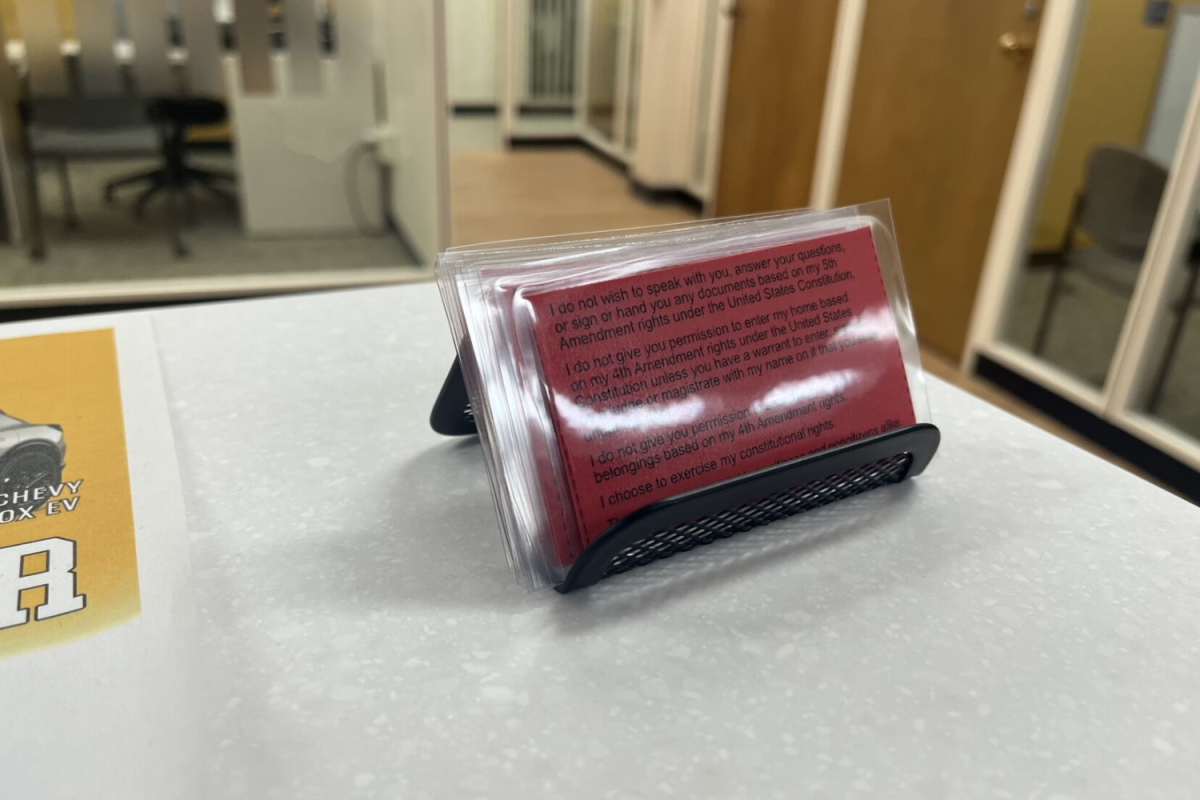Measure decriminalizing fentanyl testing strips headed for Ohio House floor
Editor’s note: This article was originally published by Ohio Capital Journal.
An Ohio House committee has given the go-ahead to a measure decriminalizing the possession of fentanyl testing strips. Current law classifies test strips as drug paraphernalia.
The background
The bill’s sponsor, state Rep. Kristin Boggs, D-Columbus, described the change as “one more avenue” to avoid overdose when she introduced the bill in May. Many people would test their drugs, she argued, if given the chance. And knowing what they’re taking could avert unintentional overdoses.
“Ohio State recently had a great loss when two university students who had finished with their finals, were about to go into graduation weekend, ended up overdosing what we believe was on fentanyl from Adderall that they had purchased on the streets,” Boggs described at the time.
In June, the coroner’s report confirmed the two women died of a fentanyl overdose.
Ohio has one of the highest overdose death rates in the nation. According to CDC data, 5,204 people died of overdose in 2020, putting Ohio’s death rate per 100,000 at the fourth highest in the U.S. Initial reports from state health officials suggest 2021 could be even worse.
In her testimony, Boggs noted that in 2019, 76% percent of overdose deaths involve fentanyl. In 2020 that ticked higher, to 81%.
Tuesday’s vote
One significant problem, Boggs and other advocates contend, is uncertainty about the content of illicit drugs.
Speaking on behalf of the Ohio Pharmacists Association, OSU Assistant Professor Kelsey Schmuhl explained fentanyl is 50-100 times more potent than morphine.
“It takes a very small amount to cause a lethal overdose,” she said. “Even more concerning is the fact that fentanyl is often being mixed into other drugs without the user’s knowledge.”
That’s where testing strips come in.
“By increasing access to harm reduction tools such as fentanyl test strips, we are acknowledging that drug use is a part of our society, and we are working to decrease its negative consequences using evidence-based strategies,” she explained.
Schmuhl described this harm reduction approach as “meeting people where they are — not where we want them to be.” Other harm reduction strategies include making the overdose treatment naloxone readily available, or needle exchange programs. Ohio has made strides in both of those examples. But there are still those who criticize the harm reduction playbook as too permissive.
“Harm reduction does not enable drug use, and it does not increase drug use,” Schmuhl added, seeming to preempt those concerns. “Harm reduction keeps people alive, and provides critical access to the health care system for a patient population that often does not seek care due to fear and stigma.”
Looking forward
The measure passed committee without opposition, and House leaders have it teed up to appear before the whole chamber Wednesday. Speaking after the committee, Chair Jeff LaRe, R-Violet Township, sounded optimistic.
“Things can get a little nutty,” he warned about the lame duck session, “but I’m hopeful. I think it’s a good bill — definitely support it.”
The Ohio Senate is considering a related measure that provides immunity for people using or distributing fentanyl testing strips. It’s part of a larger measure expanding naloxone access.
Follow OCJ Reporter Nick Evans on Twitter.
The Ohio Capital Journal is an independent, nonprofit news organization covering Ohio state government and politics. Ohio Capital Journal is part of States Newsroom, a network of news bureaus supported by grants and a coalition of donors as a 501c(3) public charity. Ohio Capital Journal maintains editorial independence. Contact Editor David DeWitt for questions: [email protected]. Follow Ohio Capital Journal on Facebook and Twitter.
The Exponent is looking for financial contributions to support our staff and our newsroom in producing high-quality, well-reported and accurate journalism. Thank you for taking the time to consider supporting our student journalists.






























